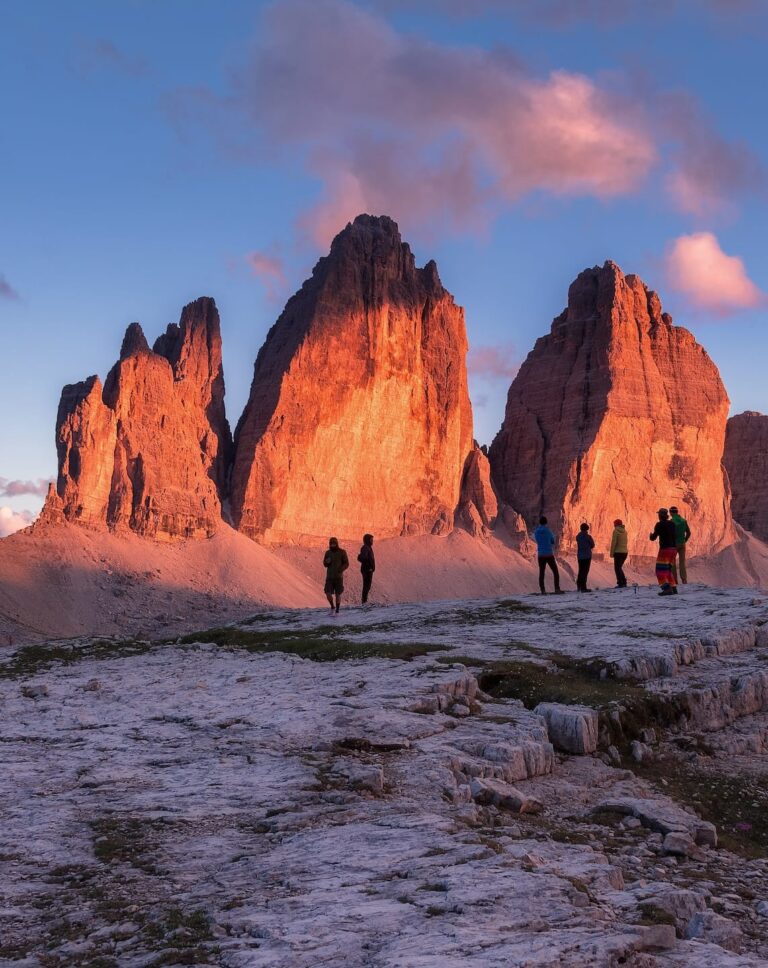Luxury Trips To
Luxor
HIGHLIGHT
Discover the magnificent city of Luxor, famous for its unparalleled ancient temples and tombs that stand as testaments to a glorious civilization.
Luxor
Canals & Culture: A Journey Through Luxor's Heart
Crossing the Nile to the West Bank is like stepping into the afterlife of the pharaohs and their consorts. This arid landscape is home to the legendary Valley of the Kings, where pharaohs like Tutankhamun were laid to rest in richly decorated tombs, their walls adorned with intricate hieroglyphics and vibrant paintings. Nearby lies the Valley of the Queens, the burial site for queens and royal children, including the exquisite tomb of Queen Nefertari. The dramatic terraced temple of Hatshepsut, a unique architectural marvel carved into the cliffs, stands as a testament to one of Egypt’s most powerful female pharaohs. The colossal Colossi of Memnon, two massive stone statues of Pharaoh Amenhotep III, silently guard the entrance to what was once his mortuary temple, serving as a striking introduction to the wonders of the West Bank.
What's the weather like?
When to visit Luxor
Luxor’s desert climate means it experiences hot summers and mild winters, making the timing of your visit crucial for an enjoyable experience, especially given that many of its iconic attractions are outdoors.
Example Trips
Book Your Tour
Browse our example trips and get in contact to start planning your very own adventure.
Escape the Ordinary
Our Stories
"Best Customer Service"

Lita from Japan
"Tailored Perfection!"

flombergdeb from USA
CEOApple"A Dream Come True!"

Mercel
CEOAppleDiscover Your Next Adventure with








